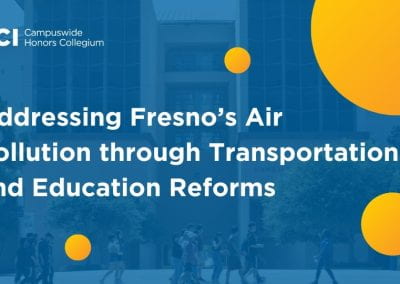A Sustainable Solution to Storm Water Surging in Miami, Florida
Abstract
The city of Miami, South Florida, recently experienced the most active hurricane season in its historical record. With these storms causing significant damage and climate change exacerbating the intensity, we propose a hybrid structure called SEAHIVE that employs specially-designed wall elements and natural barriers to mitigate storm surges. The SEAHIVE structures themselves are hexagonal perforated units that will be placed under sea-level. Along the structures, coral reef and mangrove growth will be implemented, which creates a natural reduction in wave energy. The SEAHIVE system is developed by the University of Miami and has undergone testing in the SUSTAIN facility and in pilot projects in Miami for effectiveness and advantage. With the SEAHIVE structures and their design strategies, Miami can provide both protection to their vulnerable communities as well as conserve their natural habitats that provide them ecological and economic services. The funding to implement this proposal will come from the local government’s investment as well utilizing funding previously put aside for other environmental protection projects. The estimated cost of the SEAHIVE project is estimated to be $101,435,009, with the estimated benefit of the SEAHIVE project being approximately $51 billion. Additional categorical benefits of the project include restoration of the coral reef marine ecosystem and a reduction in the efforts put into sand restoration for Miami Beach maintenance.



